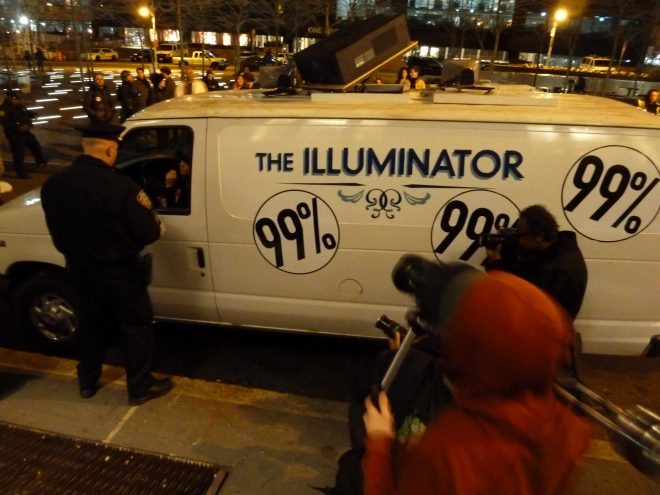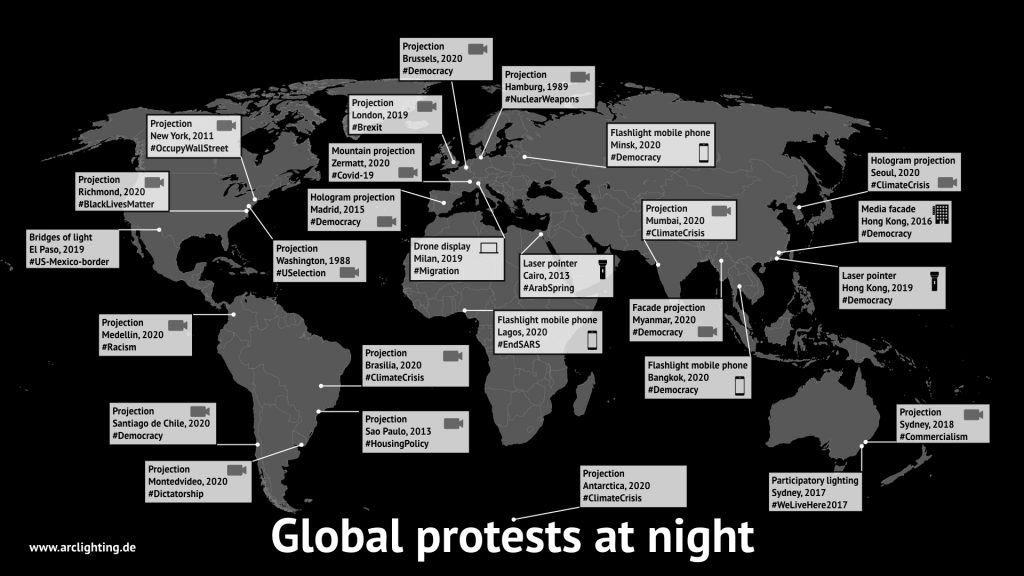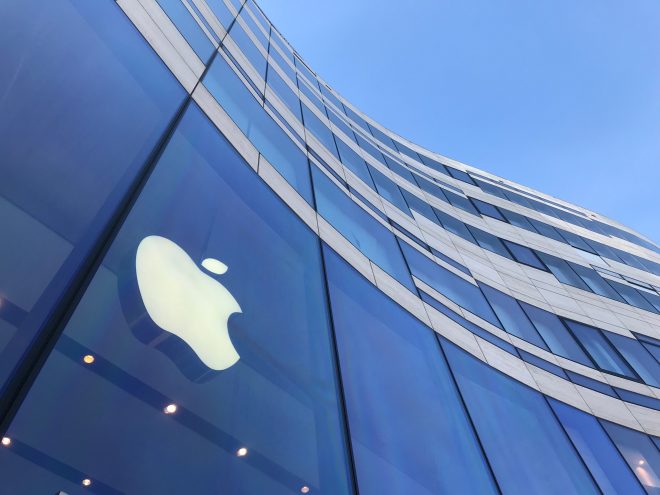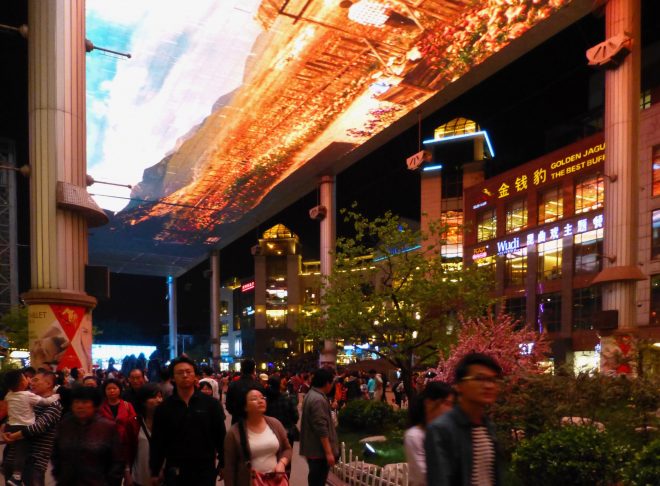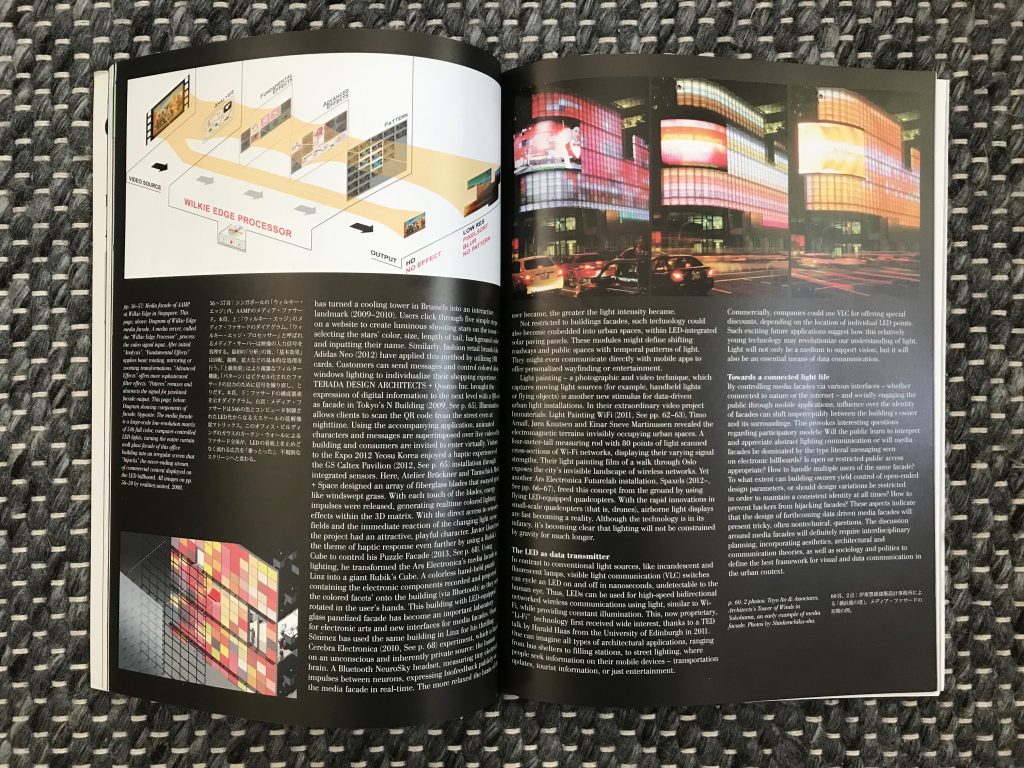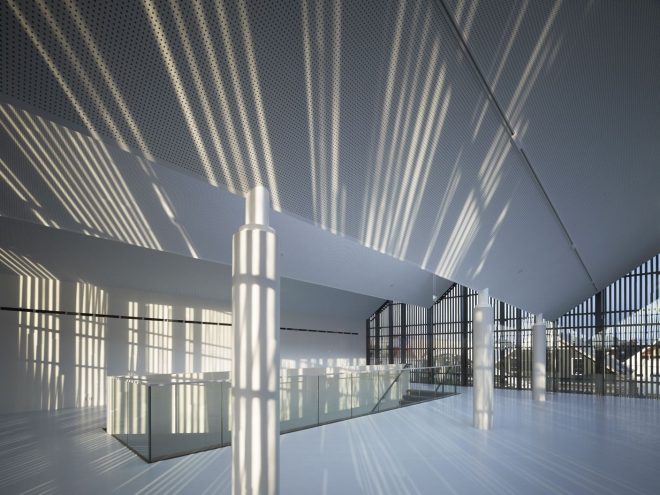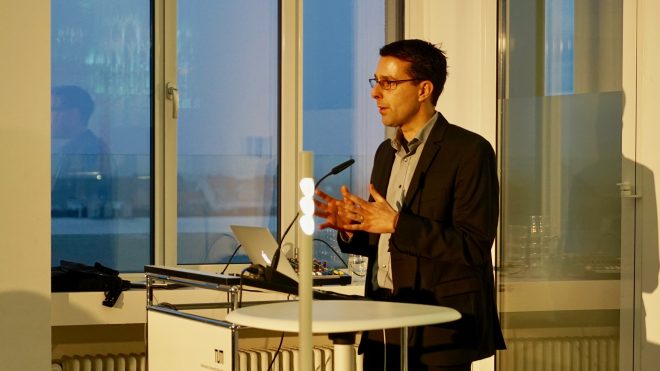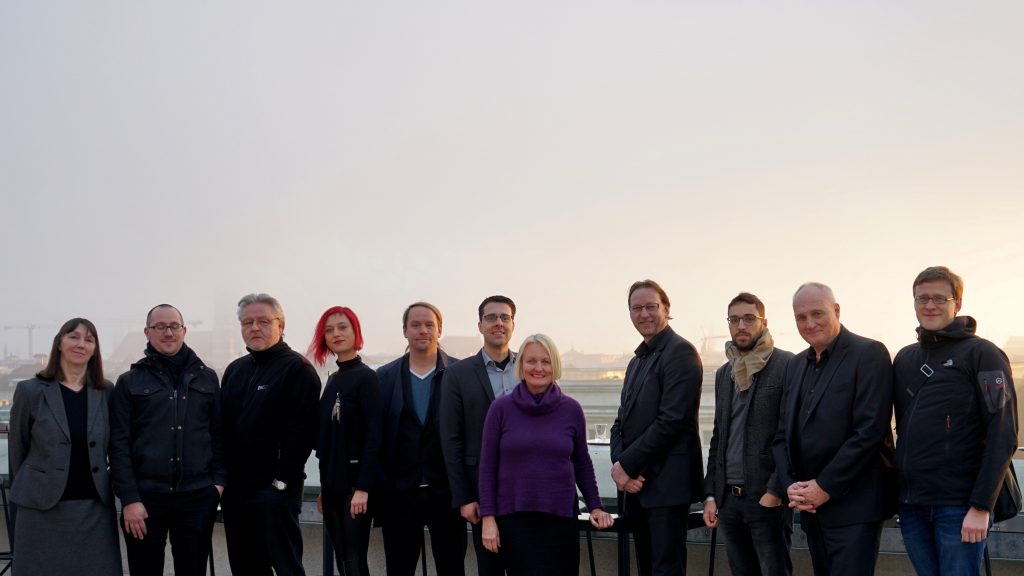Light not only makes better use of architecture, but also allows it to be interpreted. Both daylight and electric lighting offer a variety of ways to design interior and exterior spaces. This seminar at the University of Wuppertal teaches the basics of perception-based lighting design to introduce the tools architects can use to enhance the quality of architectural designs. Combining theoretical principles with exercises, enables to understand the interplay between light and architecture and confidently develop lighting concepts.
The course consists of eight modules at the University of Wuppertal. Guest lectures with outstanding experts are part of the curriculum. The course for the summer term 2022 had a special focus on the Solar Decathlon Europe and analyzed the international projects in regard to daylight and lighting. The course light and lighting has been part of the School of Architecture and Civil Engineering since 2020 and is open to Bachelor and Master students.
Curriculum
Part A: Perceiving light
Module 1: Introduction architectural lighting
Module 2: Perception of light, lighting technology for illumination
Part B: Understanding light and architecture
Module 3: Light in urban space
Module 4: Light in interiors
Part C: Developing lighting concepts
Module 5: Daylighting
Module 6: Sustainable lighting design
Module 7: Light in museums and offices
Module 8: Presenting lighting concepts
Daylight Study
Model with direct sunlight in the morning, noon and evening
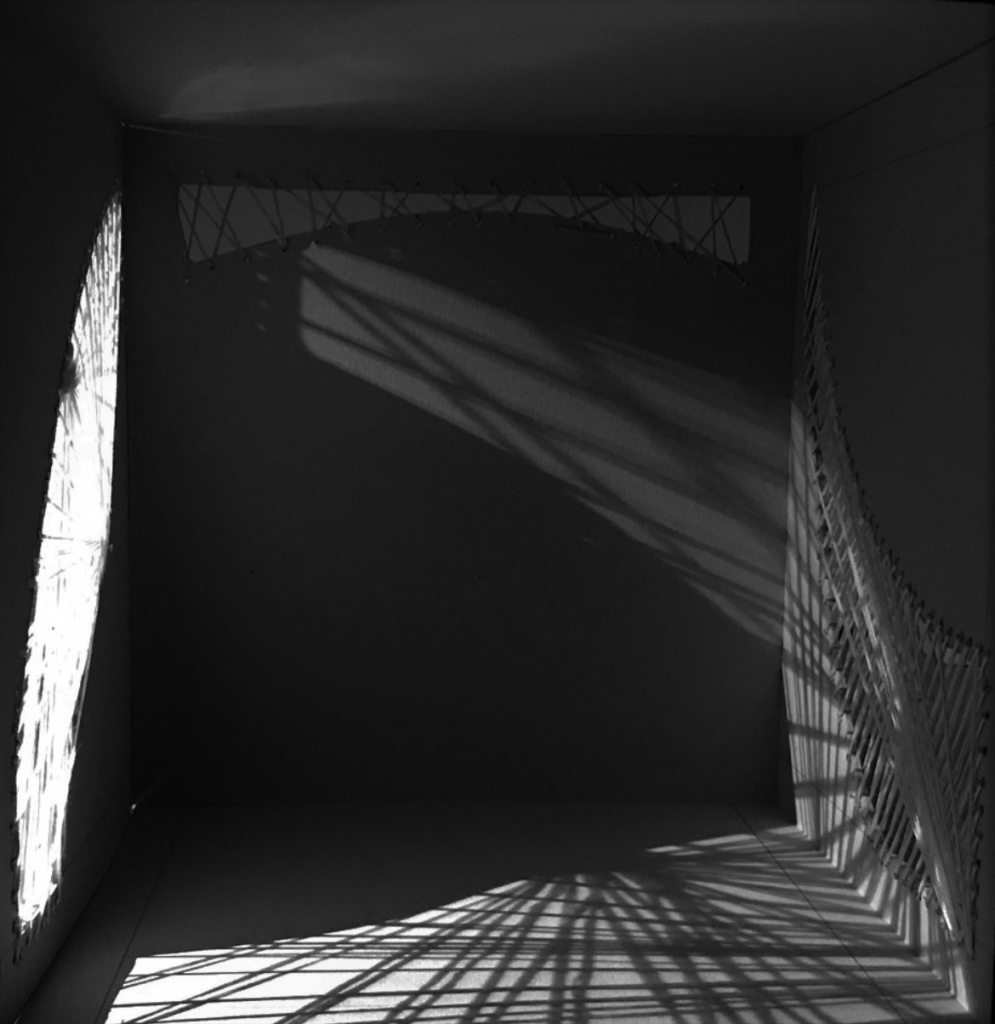
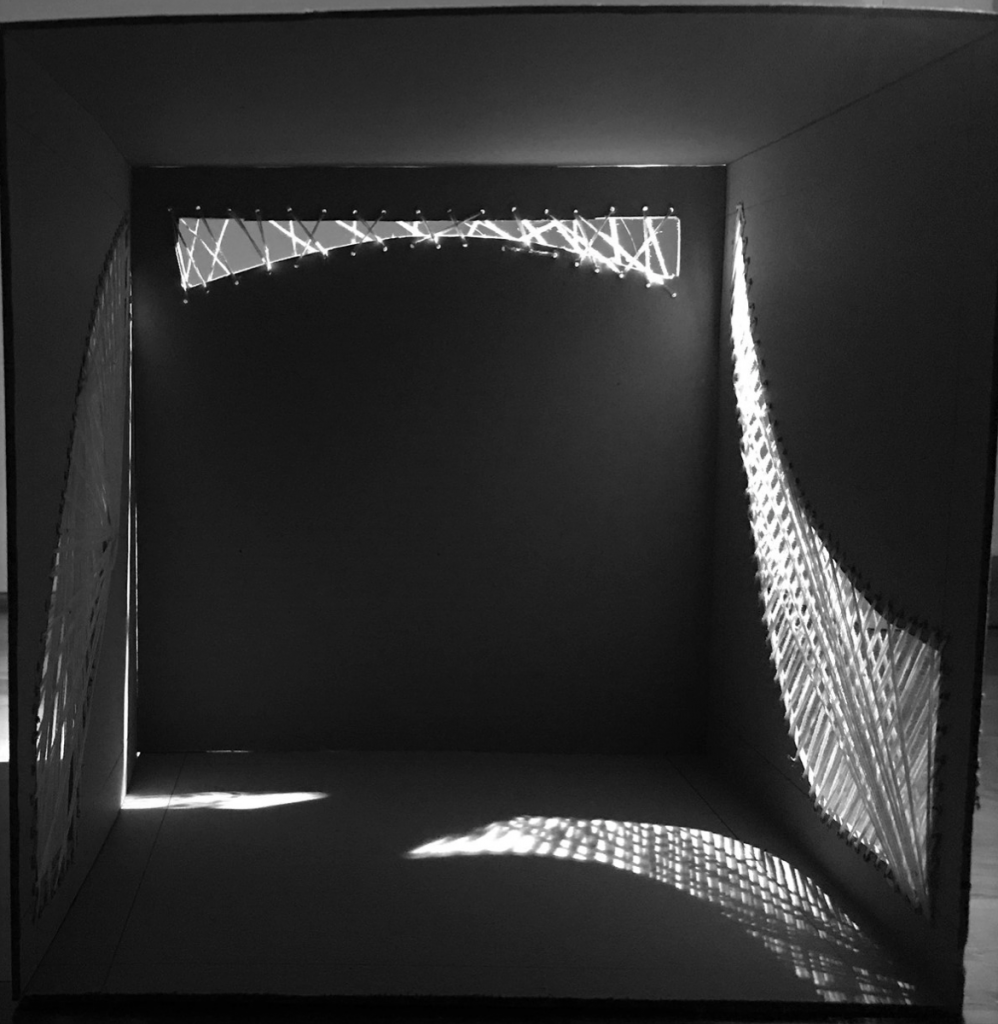

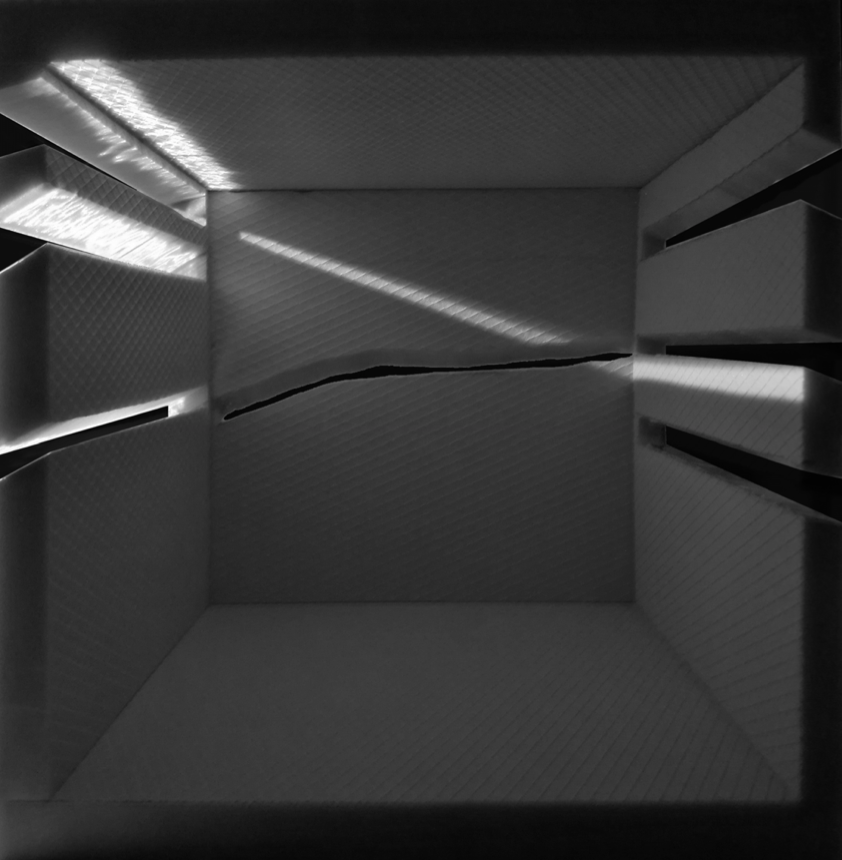
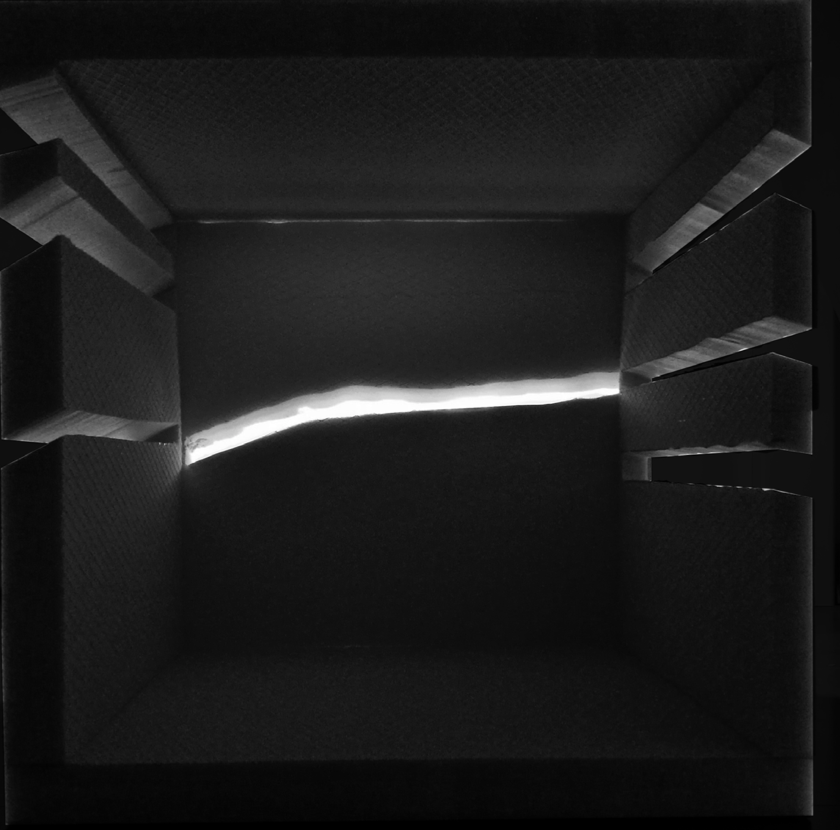
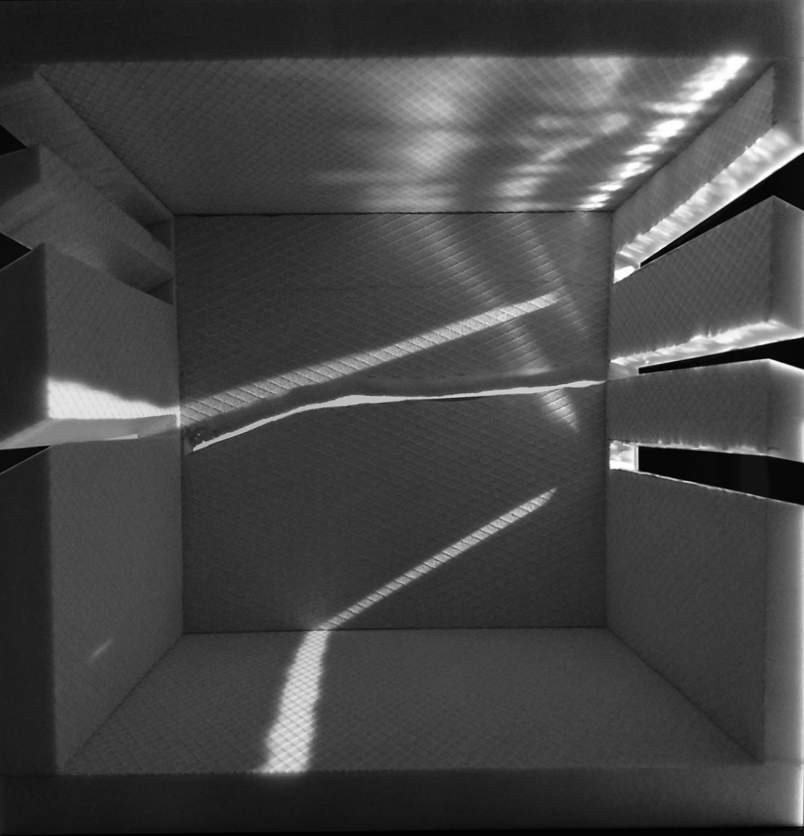
Project analyis day and night
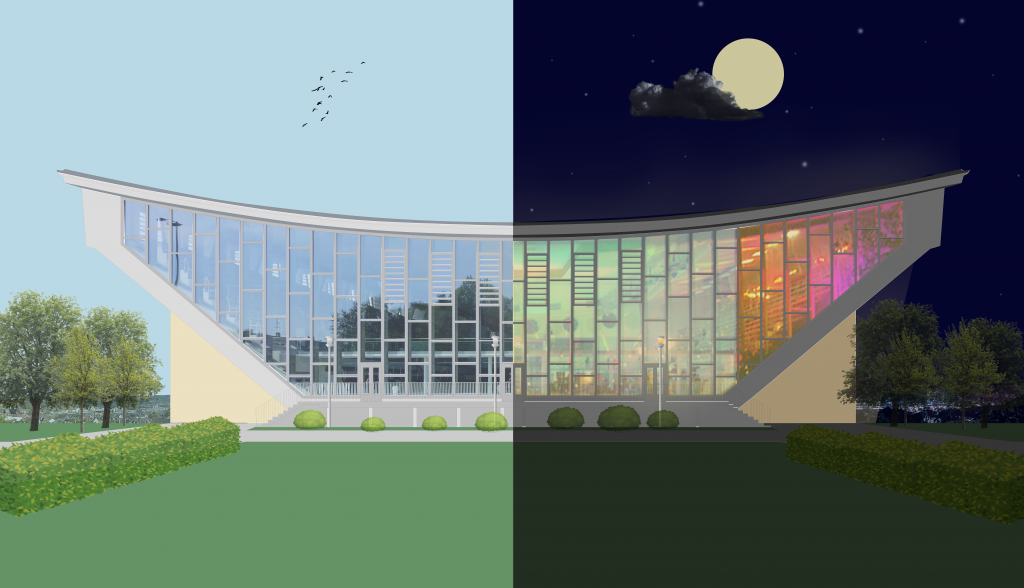
Guest lectures


